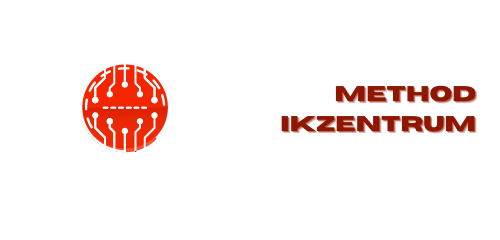Power consumption is a critical factor in most of our daily lives. It is crucial as it eats up a great number of a household’s funds. That is why several families seem to have adopted measures that could help them cut down on their utility bills. For instance, many homeowners seem to have substituted their incandescent bulbs with these metal halide led retrofits and replacements. Others happen to have opted for regular HVAC inspections to find which appliance consumes more electricity. Yet others are known to have totally changed their wirings and electrical circuits to avoid over power-consumption. However, among all these preventive measures, homeowners often forget to take note of their computers, which are known to be great power consumers.
Most of us are aware of our computer’s electricity consumption, but a power outlet is just a small portion of the total power consumption of your computer. That’s because your computer uses a variety of tricks to keep you from knowing exactly how much electricity is being used by your computer. Some relate to the amount of RAM (Random Access Memory) installed on the system. In this case, some of your RAM is dedicated to “virtual memory” to simulate the operation of your hard drive, so it appears just as if it is empty (it actually has data stored on it, it’s just not displayed).
Moreover, businesses using IT solutions and working through computers can have high advantages of understanding the electricity consumption since they may have to deal with various issues related to it. Starting from considering the electrical setup, to doing regular maintenance and keeping track of the workability of the system, many things can affect the computer network within a workplace. Additionally, a business may also have to hire an electrical engineer for coordination study, which can reduce the risk of short circuits due to overloading. Through such analysis, you can also check if your company is within OSHA regulations and guidelines. By following their rules, you can ensure that your electrical setup is efficient with all the office gadgets, computers, and other electrical appliances like HVAC, lighting, etc.
How to Determine How Much Electricity Your Computer Is Using
The power consumption of a computer is measured in watts. To get the total power consumption, you need to multiply the wattage (watts) by two values – the wall socket and the chassis. If you’re not sure about how this is done or if you’ve got any issues with the power consumption, contact a Licensed Electrician | Barnett Electrical or anywhere near your locality. It may be possible for them to do the calculations and address any electrical problems.
One wall socket can only supply up to 25W power, which is not enough to run your computer continuously if it has a fan and a hard disk drive. So, if you want to know how much electricity your computer consumes, you need two values: a wall socket and a chassis.
If you’re using a Chromebook, you’re probably using a lot less electricity than if you’re using a traditional computer. The average desktop computer uses more electricity than an A/C unit or a light bulb. One computer may use 100 kWh per year, while another computer uses 300 kWh per year. The average household uses about 120 kWh per day, which is about the same as a school or an office. Since your computer uses the same amount of electricity as these other electrical devices, you can see why you don’t need to worry about your computer using a lot of energy.
How to determine your computers watts
The average CPU has three watts:
The power of a computer is measured in watts or kilowatts.
The wattage of the computer is calculated by multiplying the processor’s number of cores (Cores) by the processor’s central processing unit (CPU) speed. The more cores a CPU has, the higher its performance and, therefore, the more watts it needs to function. The lower cores a CPU has, the lower its performance, and hence, its performance will be lower. It is important to note that not all CPUs have an equal amount of cores. It depends on your needs; for example, if you run a lot of applications or need to run multiple programs at high load, it requires more power than if you only use one program at low load (e.g., office productivity software).
Electricity usage of a desktop computer
The average desktop computer uses between 5 and 15 watts of electricity. If you’re using a laptop, the average is closer to 2 or 3 watts. The computer you’re using right now probably only uses about .5 watts of electricity.
Electricity usage of a laptop computer
You may be surprised to find that a computer doesn’t use much electricity. The average rate of electricity use by a personal computer is less than 10 watts of battery power. Some low-power models can be even more energy-efficient. According to the EPA, an average laptop computer uses 3 watts of power, less than a light bulb.
Conclusion:
A lot of people think that the amount of electricity their computer uses is irrelevant. But it is important to know because it will allow you to calculate your budget in terms of electricity expenses and also be informed on how much electricity you use – since there are many energy-saving measures available for our computers. One way to go about it is by installing solar panels from somewhere similar to AEI. This could help you save money on electricity, especially if you use your computer for long periods of time.
Your computer is a revolutionary technology, yet it is also a significant drain on the world’s resources. The hardware and software contained in your computer not only consumes electricity, but it also generates heat. The heat your computer generates is a significant factor in air conditioning costs. The amount of electricity your computer uses is also a significant factor in energy costs.


